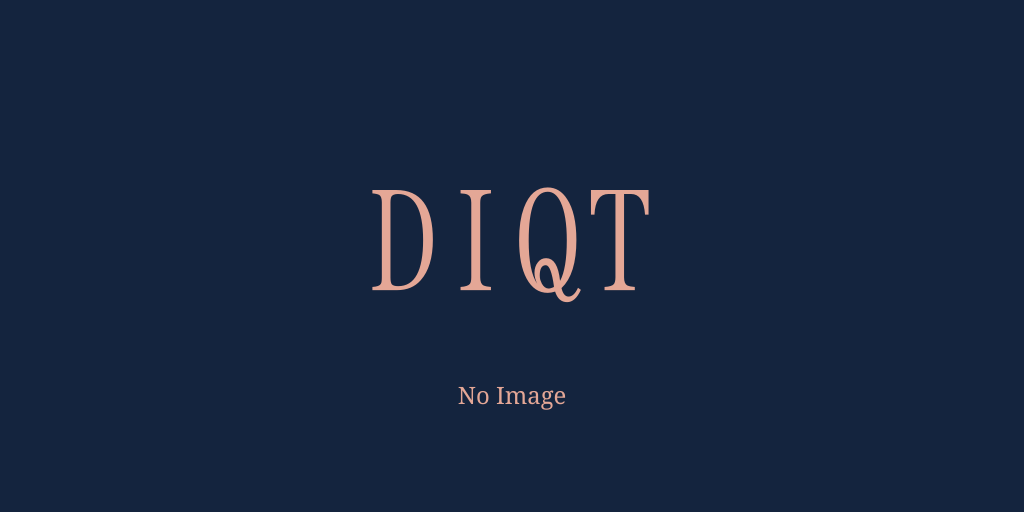復習用の問題
Topics discussed in the papers that follow include many that will be familiar to scholars interested in eighteenth and nineteenth-century English, but the reader will find here increasing scope and refinement – a sign, we hope, of a maturing discipline. In this introduction we will sketch the early developments of work on Late Modern English and then preview the fifteen papers included in this volume, highlighting their main results and setting them against the earlier context. / It is probably accurate to say that work on Late Modern English (LModE) only took off in any serious way during the 1990s. There were of course prior studies of eighteenth and nineteenth-century English, but these were relatively thin on the ground compared with the great amounts of work done on the Old, Middle and Early Modern periods. […] In 1998, Mats Rydén, Ingrid Tieken-Boon van Ostade and Merja Kytö published A Reader in Early Modern English, a collection of reprints of articles that had come out between 1944 and 1994. In the introduction they dealt with the question of the delimitation of the EModE period, and decided that it would cover the eighteenth century, too. The reasons for doing so were that the “late” stage of the language was “part of the near and the immediate past, including the period designated as Present-day English” (PDE) (1998: 2), and that the eighteenth century was still characterized by too much systemic variation to be called Late Modern English. An obvious consequence of this view would be that LModE would range from 1800 to the present day. The editors felt justified in their decision by the temporal division employed in the Cambridge History of the English Language. Clearly, by this time the beginnings of LModE as a distinct field were becoming evident. All that was needed was sorting out the dates and organising a couple of conferences. And this duly happened.
- 項目の編集権限を持つユーザー - すべてのユーザー
- 項目の新規作成を審査する
- 項目の編集を審査する
- 項目の削除を審査する
- 重複の恐れのある項目名の追加を審査する
- 項目名の変更を審査する
- 審査に対する投票権限を持つユーザー - 編集者
- 決定に必要な投票数 - 1
- 例文の編集権限を持つユーザー - すべてのユーザー
- 例文の削除を審査する
- 審査に対する投票権限を持つユーザー - 編集者
- 決定に必要な投票数 - 1
- 問題の編集権限を持つユーザー - すべてのユーザー
- 審査に対する投票権限を持つユーザー - 編集者
- 決定に必要な投票数 - 1





